
AeroGenie - مساعد الطيار الذكي الخاص بك.
الرائج الآن
Categories
Startup Tests Advanced Jet Engine Prototype
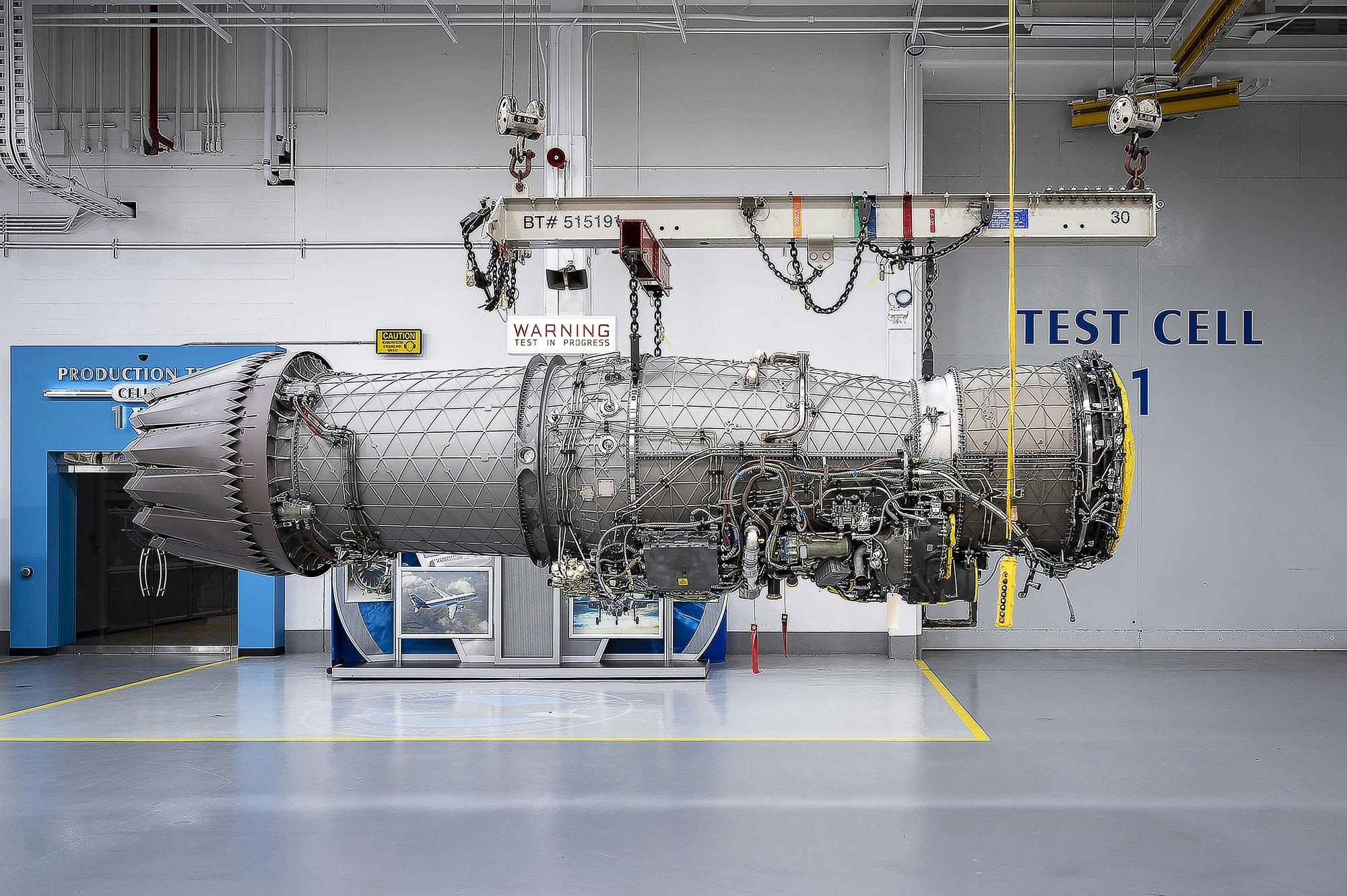
Startup SiriNor Advances Emission-Free Jet Engine Technology
Groundbreaking Prototype Achieves Key Milestone
SiriNor, a startup operating out of India and Norway, has successfully completed ground testing of its pioneering emission-free electric jet engine prototype. The test, conducted in Pune, India, marked a significant achievement as the engine reached Technology Readiness Level 6 (TRL6) under NASA’s evaluation framework. This milestone signals the engine’s readiness for demonstration in relevant environments, underscoring the potential for transformative impact on the future of aviation.
During the controlled laboratory tests, the engine exceeded its design expectations by achieving rotational speeds surpassing 40,000 revolutions per minute and generating a thrust of 10 kilogram-force. These results validate the engine’s scalability and adaptability, highlighting its promise for various aerospace applications. By eliminating combustion processes, SiriNor’s design offers a 30% reduction in manufacturing costs and decreases maintenance requirements by up to 40%, factors that could lead to more affordable air travel and reduced shipping expenses.
Environmental and Industry Implications
The environmental advantages of SiriNor’s electric jet engine are considerable. Aviation was responsible for approximately 2.4% of global carbon dioxide emissions in 2018, according to data from the Environmental and Energy Study Institute. Transitioning to electric propulsion systems like SiriNor’s could substantially lower these emissions, contributing to cleaner air and mitigating the aviation sector’s environmental footprint. The company’s approach draws parallels to the impact electric vehicles have had in reducing pollution and maintenance costs in ground transportation.
Despite these promising developments, SiriNor faces significant challenges as it advances toward commercialization. Securing adequate funding, navigating stringent regulatory landscapes, and managing inherent technological risks remain critical obstacles. Investor caution is expected given the high capital requirements and uncertainties associated with novel engine technologies. Additionally, established aerospace manufacturers are likely to intensify their research and development efforts, form strategic alliances, or pursue acquisitions to maintain competitive advantage. The recent expansion of Kratos Defense’s advanced manufacturing capabilities for GEK turbojet engines in Oklahoma exemplifies the dynamic and competitive nature of the sector.
Future Prospects and Industry Outlook
SiriNor has outlined an ambitious roadmap, aiming to commercialize its engines for unmanned aerial vehicles by mid-2026, obtain seaplane certification by 2027, and target regional aircraft markets by 2030. The company envisions eventual adoption of its technology in commercial passenger aircraft, positioning itself at the forefront of sustainable aviation innovation.
Abhijeet Inamdar, co-founder and CEO of SiriNor India, emphasized the company’s commitment to sustainability and adaptability, stating, “This is about shaping the next era of aviation — and we’re proud to be building it from India.” Early investor Alok B Shriram, senior managing director and CEO of DCM Shriram Industries, highlighted the significance of the achievement as “serious, homegrown technology built in India” and expressed confidence in its role as the future of aviation.
As the aerospace industry continues to evolve amid technological advancements and increasing environmental pressures, SiriNor’s progress will be closely monitored as a potential catalyst for cleaner, more efficient air travel on a global scale.
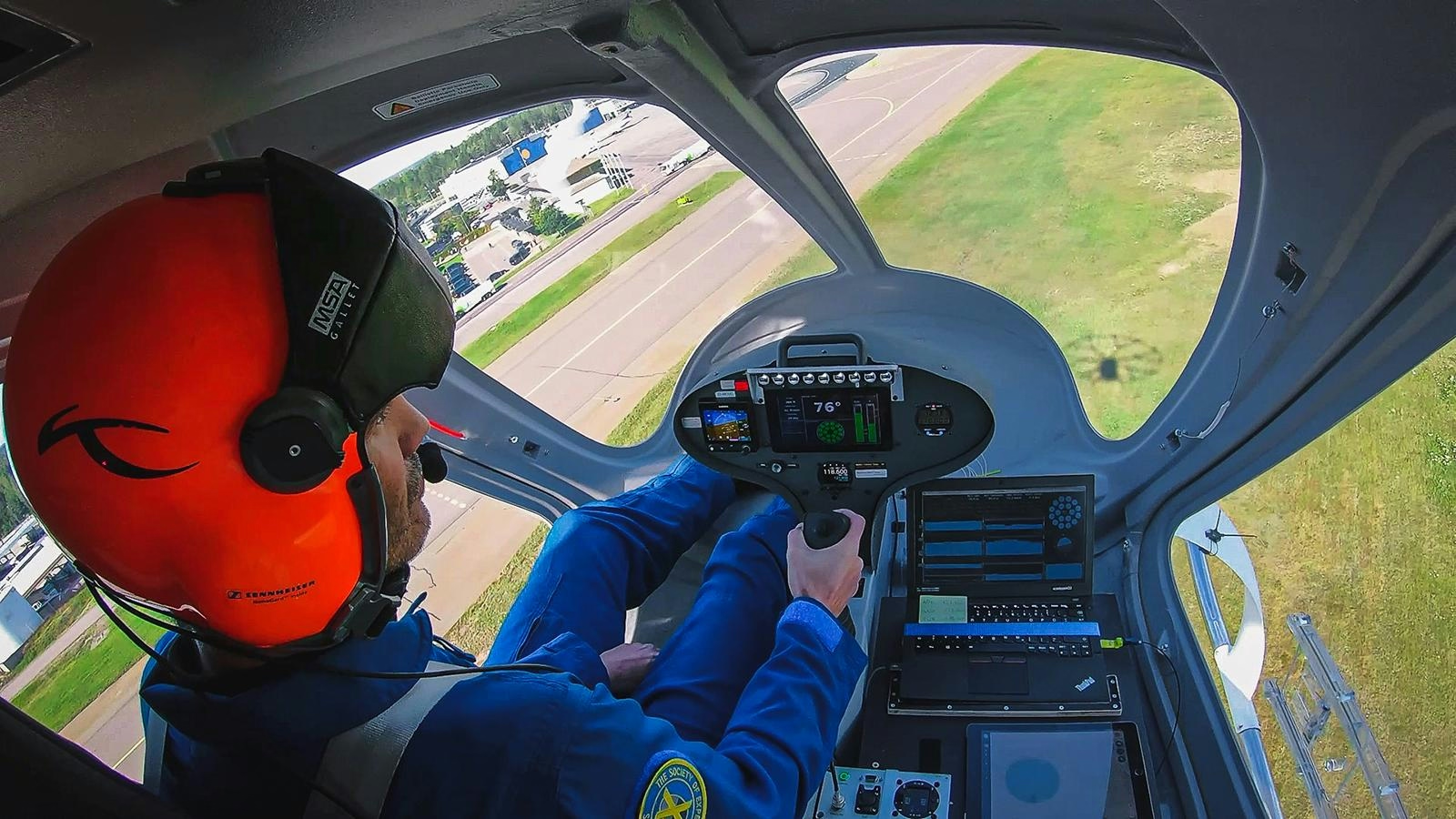
Joby Begins Air Taxi Pilot Training Program in California
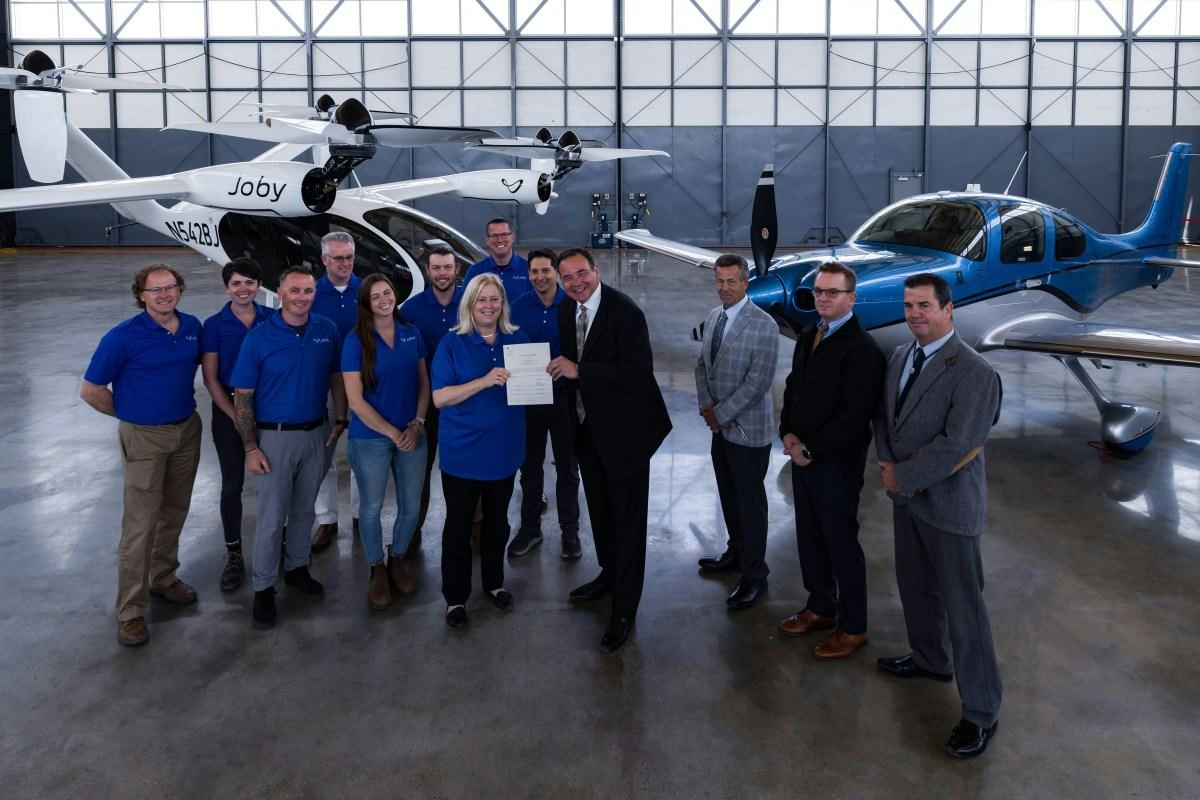
Joby Receives First CAE Flight Simulator to Enhance Air Taxi Pilot Training in Marina
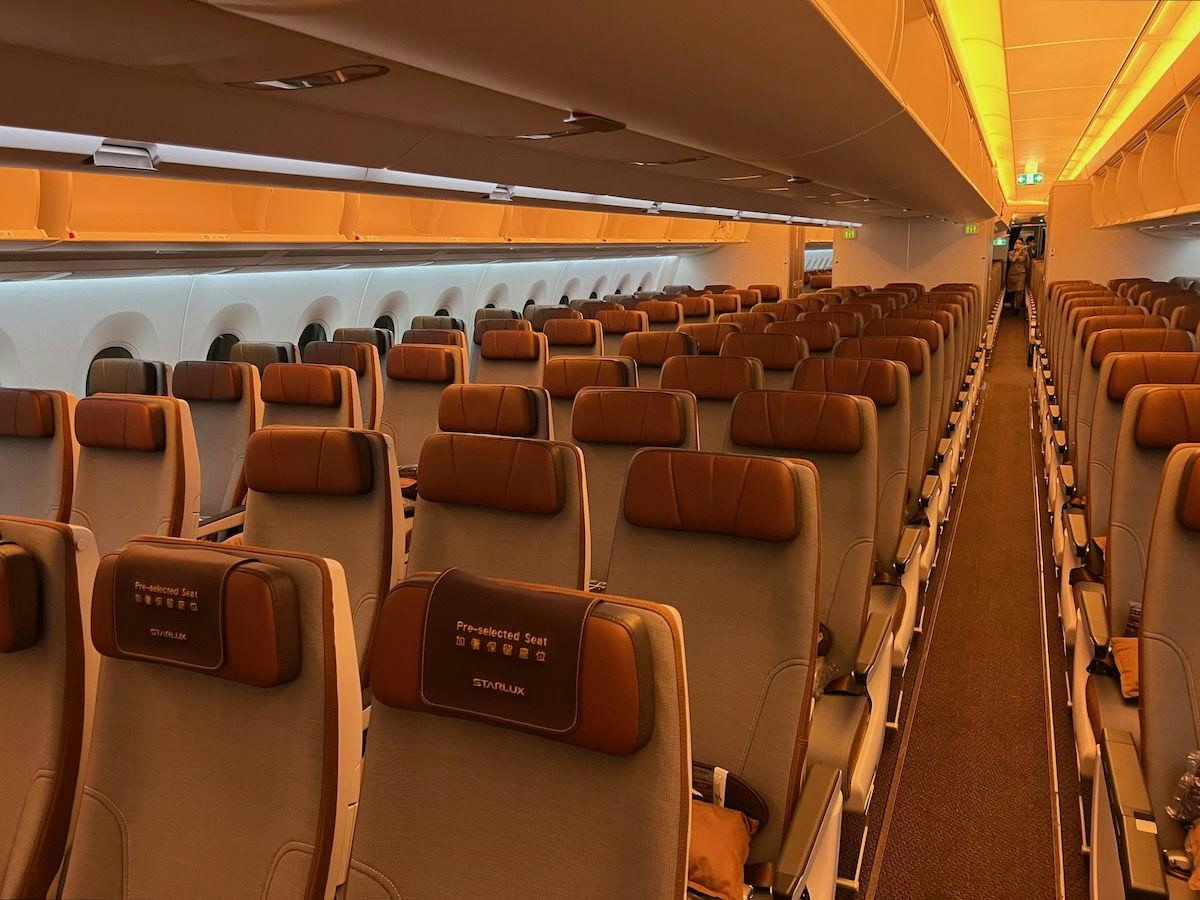
Review of Airbus Widebody Aircraft
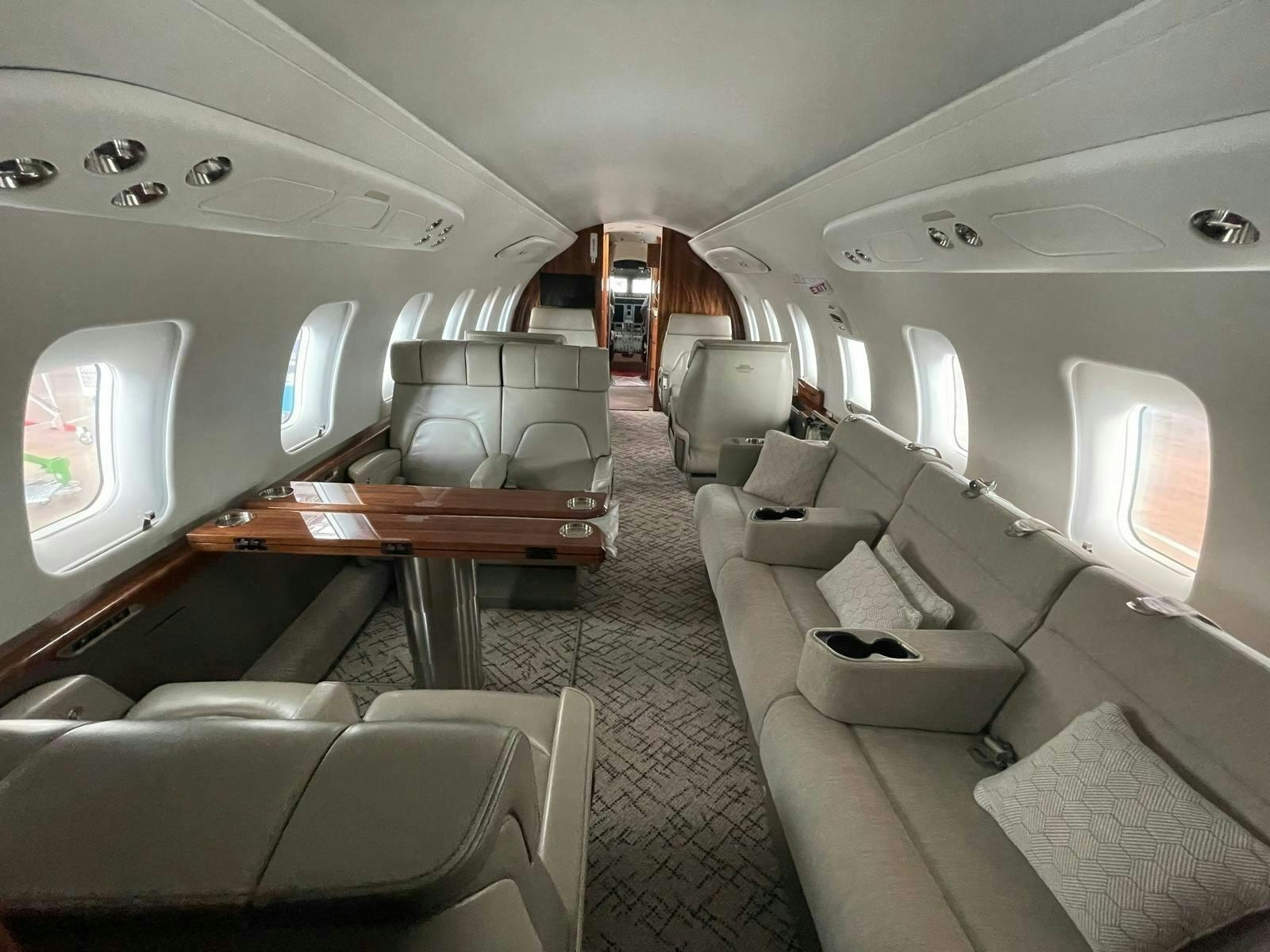
Nomad Technics Completes Maintenance on Challenger 650
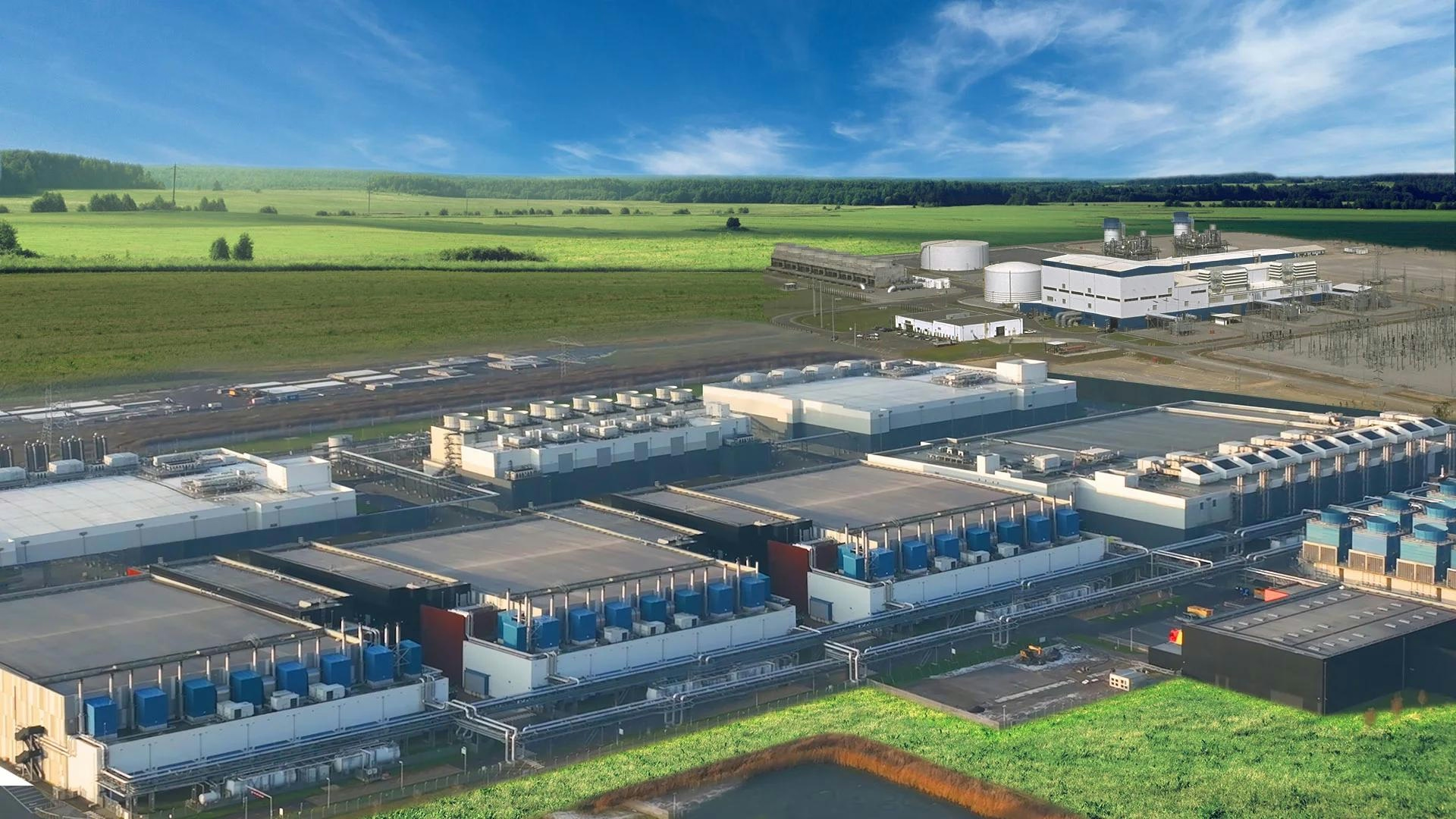
CFM56 Engine Repurposed to Power AI Data Centers
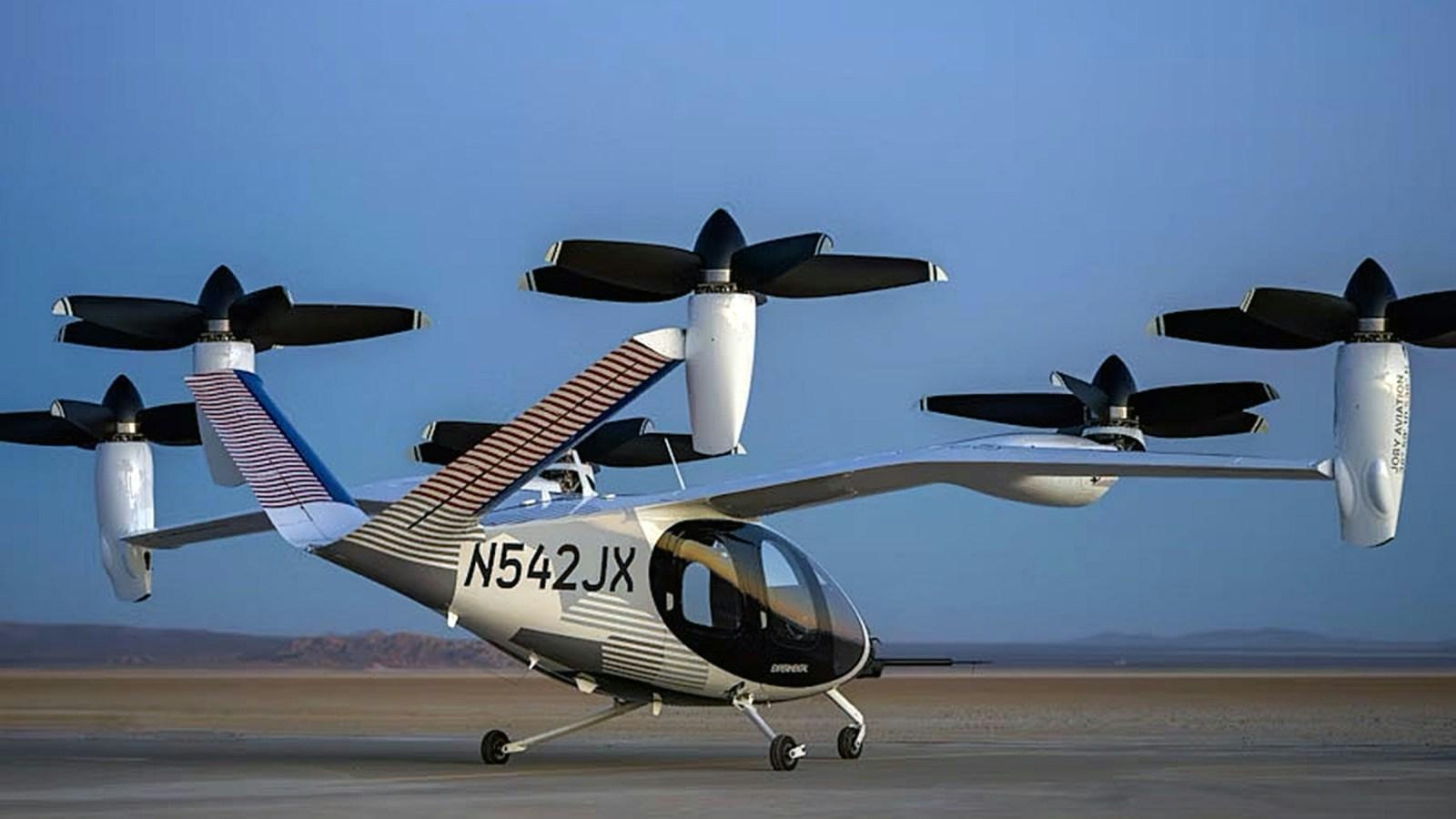
Joby Aviation Prepares for Air Taxi Pilot Training Ahead of CES 2026
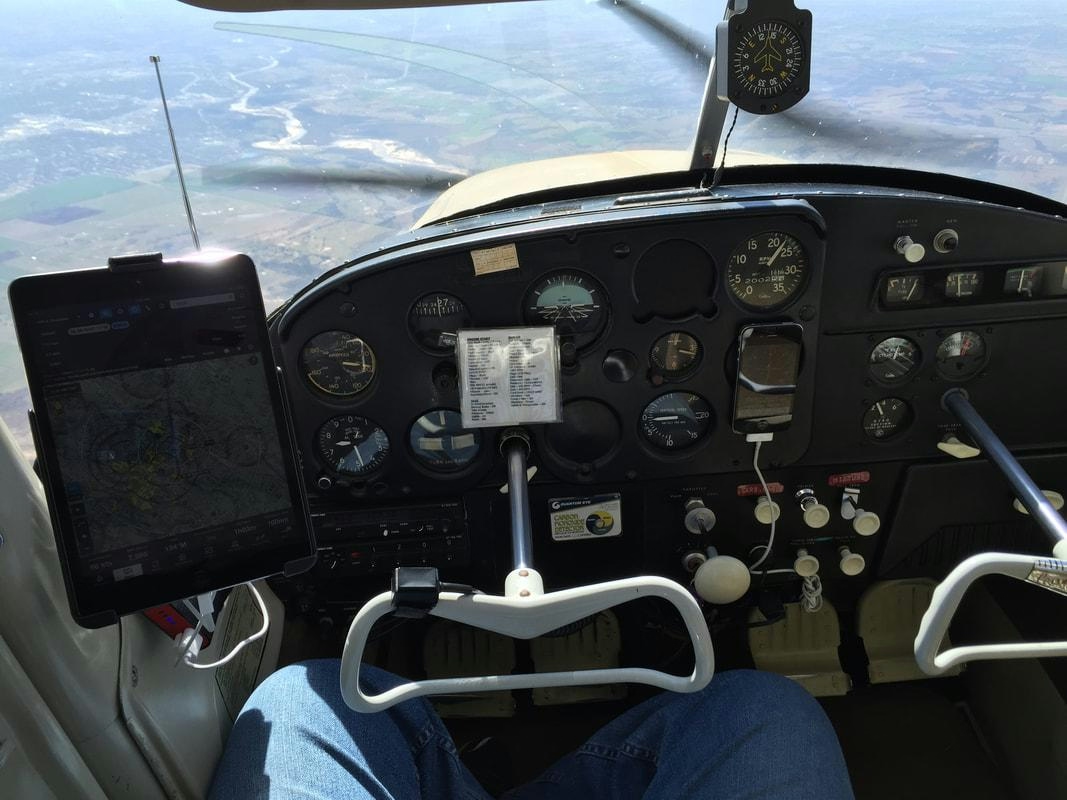
Fuel Exhaustion Caused by Incorrect Fuel Selector Installation

American Airlines to Offer Free Wi-Fi to Select Passengers
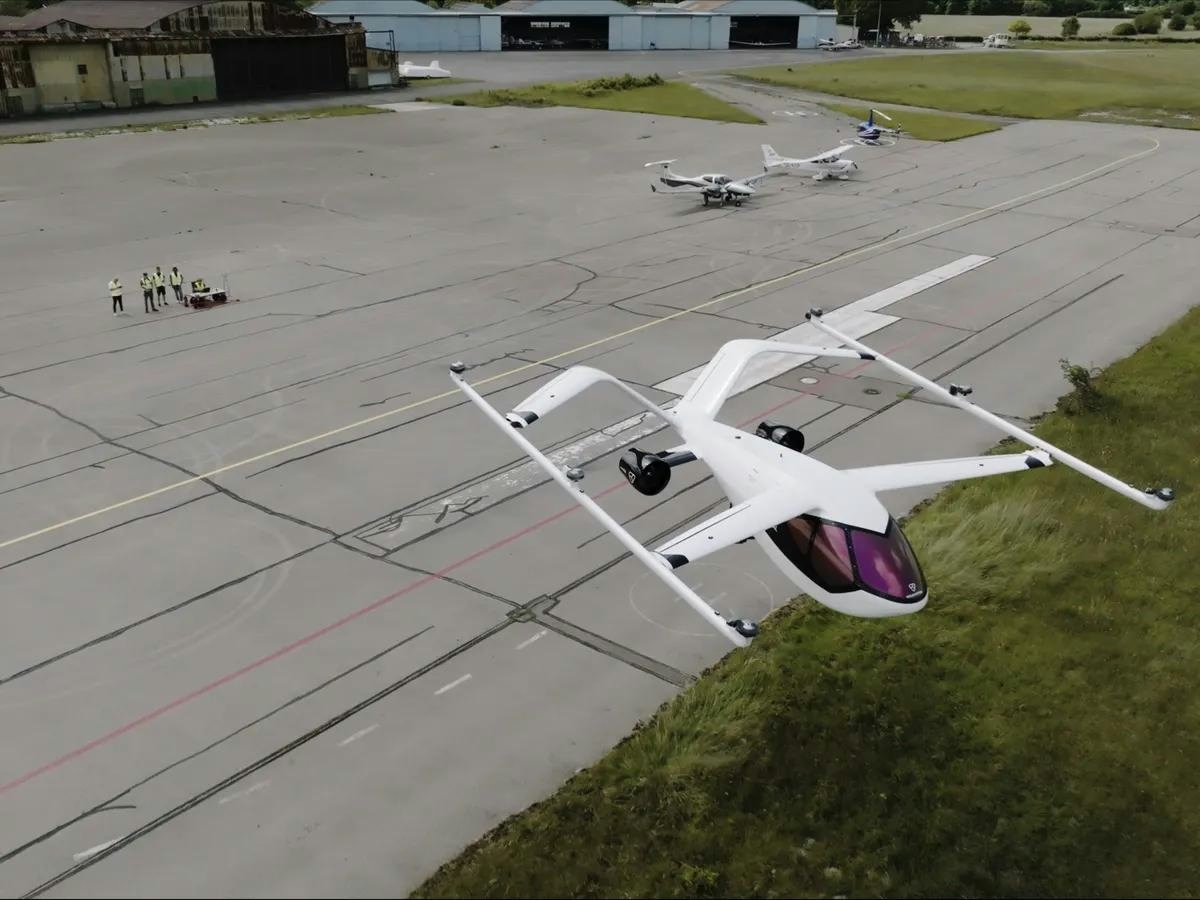
The Growing Role of eVTOL Aircraft
